Metal Nanoparticles
Metal nanoparticles, such as silver (Ag), copper (Cu), and zinc (Zn) nanoparticles, are increasingly used in various industrial applications, including medicine and electronics. Once released into the environment, these nanoparticles can enter soil systems through various pathways, such as agricultural runoff, wastewater irrigation, and the deposition of urban waste. In soils, the fate of metal nanoparticles is influenced by factors such as soil texture, organic matter content, pH, and microbial activity. They can undergo transformations, including agglomeration, dissolution, and adsorption to soil particles, affecting their bioavailability and toxicity.
Antibiotics
Antibiotics enter soil systems primarily through agricultural practices, particularly the application of manure from livestock treated with these substances. In soils, antibiotics can persist for extended periods, with degradation rates influenced by soil properties and microbial communities. The presence of antibiotics in soils can disrupt microbial communities, potentially leading to the development of antibiotic-resistant bacteria.


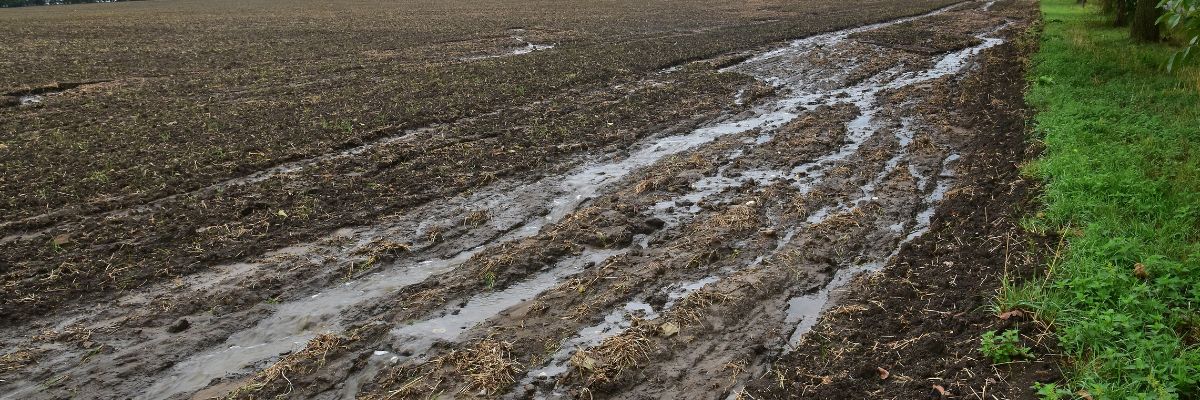
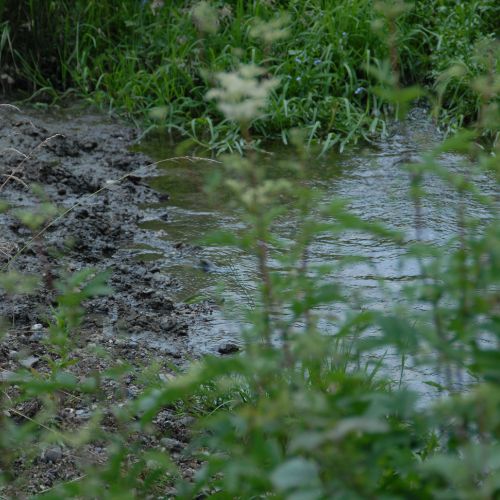

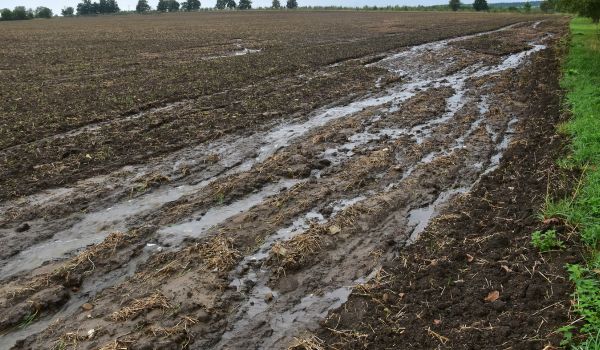

.jpg)
.jpg)
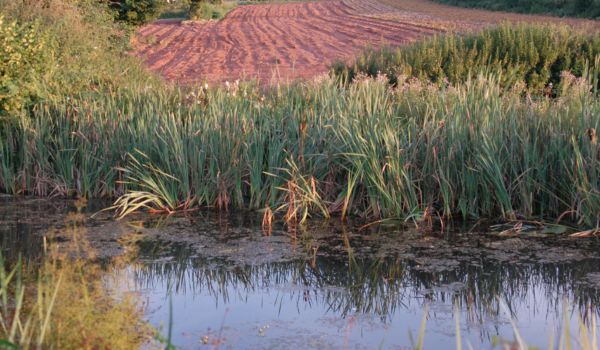
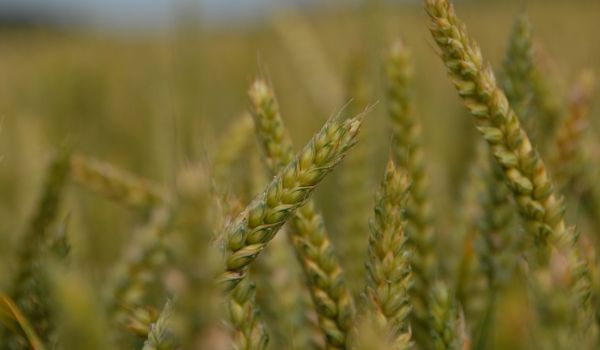
.jpg)
.jpg)